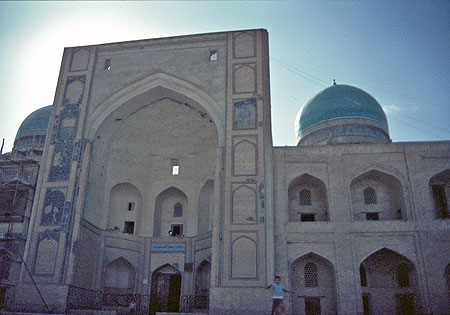
Kalyan Mosque, Bukhara, completed in 1514.
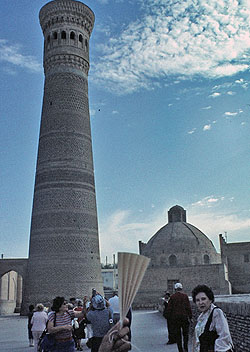
Kalyan Minaret, completed in 1127.

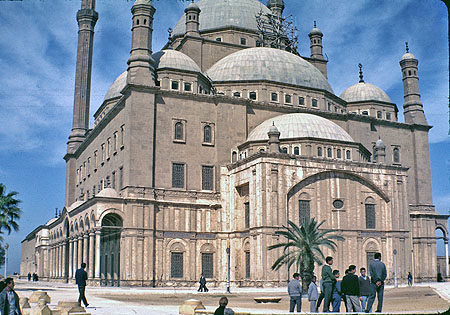
Muhammad Ali Mosque in Cairo, part of the citadel complex commissioned by Muhammad Ali Pasha (1769-1849). Photo courtesy Dorothy and C. Wayne Miller.

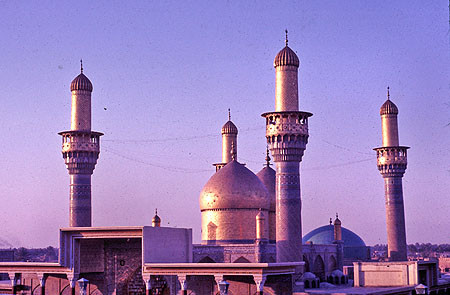
Kadhimiyya Mosque, 16th century, in Kadhimain (Baghdad). Photo courtesy Dorothy and C. Wayne Miller.
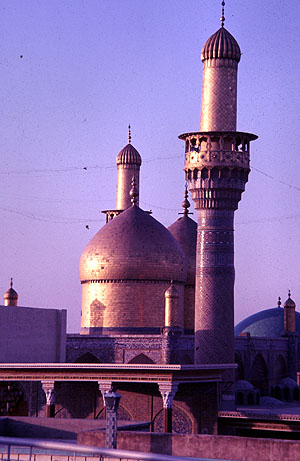
Kadhimiyya Mosque (aka Al Kadhimain Mosque), Baghdad. Photo courtesy Dorothy and C. Wayne Miller.
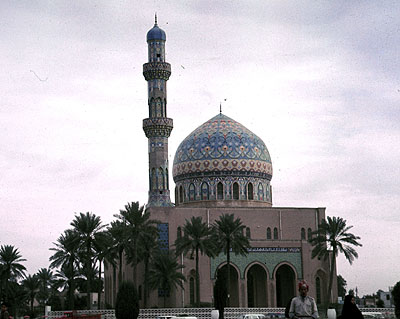
Ibn Bunnieh Mosque, Baghdad. Photo courtesy Dorothy and C. Wayne Miller.

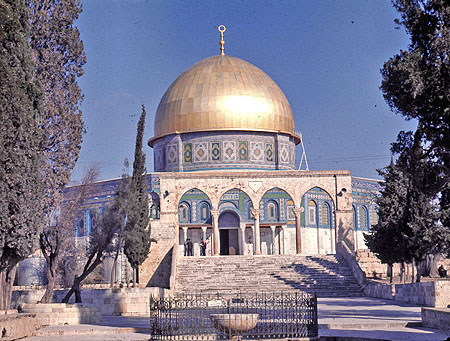
Dome of the Rock, Jerusalem, is a Muslim shrine not a mosque in Jerusalem. Photo courtesy Dorothy and C. Wayne Miller.

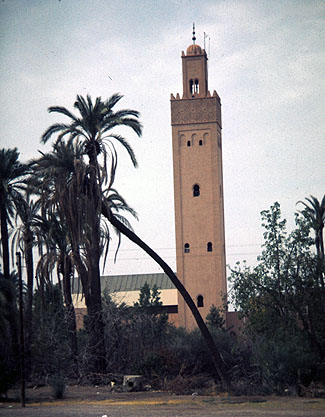
Identify for extra credit this mosque in Marrakech. Photo courtesy Dorothy and C. Wayne Miller.


Identify for extra credit this mosque in Tashkent.

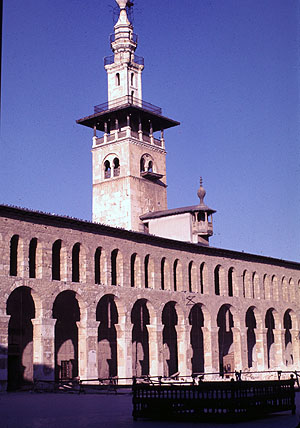
The Great Mosque of Damascus (aka The Ummayad Mosque) in Damascus was the first major work of Islamic architecture, which means, of course, that it is very old. The mosque was built between 705 and 715 by the Ummayad Caliph al-Walid I on the same site as an earlier temple to Jupiter and a later church of St. John the Baptist. Photo courtesy Dorothy and C. Wayne Miller.

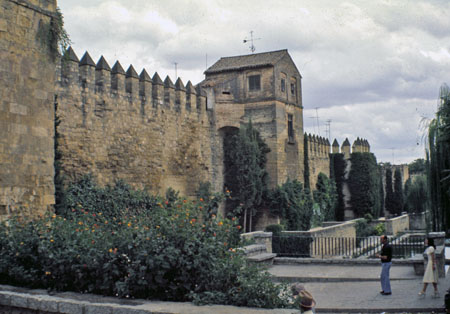
The Great Mosque of Cordoba, construction beginning in 784 under the supervision of the emir of Cordoba, Abd ar-Rahman I. The site was long a sacred one; first a Roman temple, then a cathedral, then mosque and then again cathedral after Christians reconquered Cordoba in the thirteenth century. At one time the mosque was the second largest mosque in the Muslim world. Photo courtesy Dorothy and C. Wayne Miller. Below are three detail photos of the mosque.
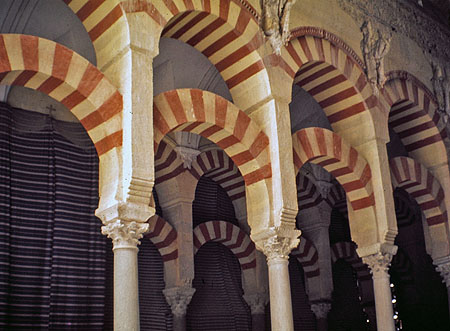
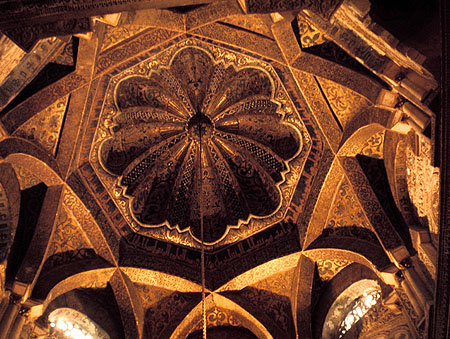


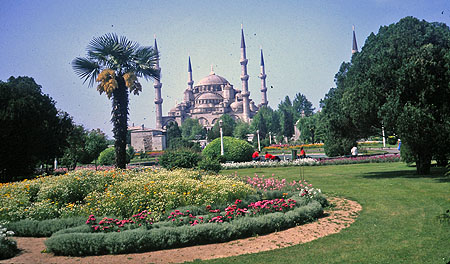
The Sultan Ahmed Mosque (aka the "Blue Mosque") is a masterpiece of Islamic architecture. The mosque was built between 1609 and 1616 by Sultan Ahmed I, who is also buried at the mosque, and is located in the old part of the city, near the Topkapi Palace and not far from the Hagia Sophia. "The mosque was deliberately sited to face Hagia Sophia, to demonstrate that Ottoman and Islamic architects and builders could rival anything their Christian predecessors had created." (en.wikipedia.org/wiki/Sultan_Ahmed_Mosque)
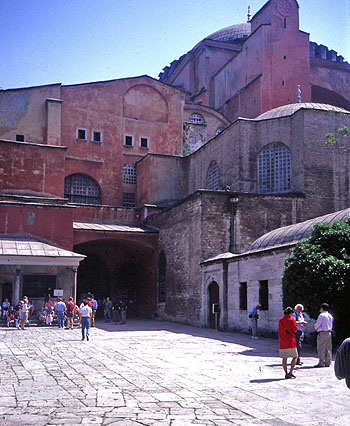
Well, you don't always get the greatest pictures when you are traveling! The Hagia Sophia today is a museum (aka the Ayasofya Museum), but it started as an Eastern Orthodox cathedral before being converted to a mosque. The current structure originated with the emperor Justinian I (aka Flavius Petrus Sabbatius Justinianus, 483-565, r 527-65) and was dedicated in 537. The building has suffered much damage, including the collapse of the dome, over the years from earthquakes, fires, wars, etc, and been restored numerous times.


Church or mosque in Istanbul? Identify for extra credit.